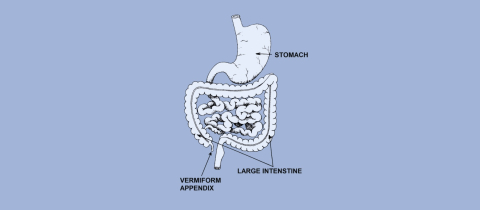When I was growing up, “looning” meant one thing. You would fill a balloon with water and throw it at a target that usually did not welcome such activity. Today, “looning” has taken on another meaning. At music festivals and at raves, those eardrum-blasting, strobe-lighted parties frequented by the under-thirty crowd, it is not unusual to see dancers raise a balloon to their lips. But they are not blowing into it. They are inhaling the gas it contains. It makes them all giddy, justifying the name by which the gas is known. Laughing gas! Chemically it is known as nitrous oxide and its possession is set to become illegal in the UK, punishable by up to two years in prison. According to some scientists, this decision is not a laughing matter.
Nitrous oxide was first made around the middle of the nineteenth century by Joseph Priestley, the brilliant self-educated British chemist who described a novel "air" he had produced by carefully heating ammonium nitrate. Carefully, was important, because ammonium nitrate can explode. This "air" came to the attention of young Humphrey Davy, who as a 17-year-old, had begun experimenting with it and noted its intoxicating effects; it made people giggle and laugh! Davy became a noted scientist and eventually described his observations in a book published in 1800, even mentioning how the gas relieved his headaches. Soon the word was out and "laughing gas" parties became a form of entertainment, particularly among students and intellectuals. Itinerant "professors" amused audiences with demonstrations of the effects of nitrous oxide on volunteers.
It was at such a public performance in Hartford, Connecticut that Horace Wells, a dentist in attendance, noted that a volunteer who had accidentally gashed his leg appeared to feel no pain. He purchased some laughing gas from "Professor Colton" and had one of his own teeth pulled out by an assistant. He felt no pain! Wells realized that this breakthrough in pain control had scope far beyond dentistry. He managed to get Dr. John Collins Warren, a noted surgeon at Massachusetts General Hospital to agree to a demonstration of the wonders of nitrous oxide. Warren was skeptical, but was willing to go along since at the time doctors struggled mightily with pain during surgery. Opiates were available, but sometimes the sleep they induced was permanent.
Wells’ demonstration turned out to be a fiasco. The student volunteer who was to have a tooth extracted began to scream from pain. In his eagerness, Wells not administered enough laughing gas! He was disgraced, gave up dentistry and eventually committed suicide. By this time stories about nitrous oxide had spread among dentists and advertisements for “painless dentistry” began to sprout up. Indeed, when properly administered, nitrous oxide proved to be a useful anesthetic and still finds use today in dental offices and operating rooms. But it is also abused by ravers seeking a thrill. In small doses the gas does produce a short-lived high, but heavy use can lead to headaches, paranoia, tingling sensations in limbs and even loss of consciousness. Frequent use interferes with vitamin B12 metabolism that in turn can cause spinal cord degeneration. However, it is the anti-social behavior that the British government claims is associated with the recreational use of nitrous oxide that prompted the ban.
Opposition to the ban has come not only from youthful party-goers but also from scientists and physicians. The argument is that there is insufficient evidence of widespread harm among recreational users and there is plenty of evidence that nitrous oxide can be safely used from the medical community. There is also concern that a ban will drive people to turn to more dangerous drugs. They also point out that in the UK there is roughly one death per year among a million nitrous oxide users while 28,000 of the 40 million alcohol drinkers die every year as a result of alcohol abuse.
Where does the nitrous oxide that “looners” inhale come from? Sometimes from cylinders of the gas stolen from hospitals or dentists, but much more often from small cannisters that are readily available for purchase in kitchen supply stores and even from Amazon for use in whipped cream dispensers. The gas readily dissolves in the fatty cream but immediately vapourizes when the dispenser’s handle is pressed to provide an opening. As the gas bursts out, it whips the cream. Nitrous oxide is an ideal propellant since it does not react with the cream.
Interestingly, nitrous oxide today is made by the same process that Joseph Priestley used, namely heating ammonium nitrate, a chemical produced on a huge scale today mostly to be used as fertilizer. It is made by reacting nitric acid with ammonia which in turn is produced from nitrogen and hydrogen by a process for which Fritz Haber received a Nobel Prize in 1918.
It isn’t clear how the law prohibiting “possession of nitrous oxide for consumption” will be interpreted. Certainly, police will not be breaking into kitchens looking for whippits, as the little nitrous oxide cannisters are known. But ravers bent on “looning” may end up breathing prison air.







